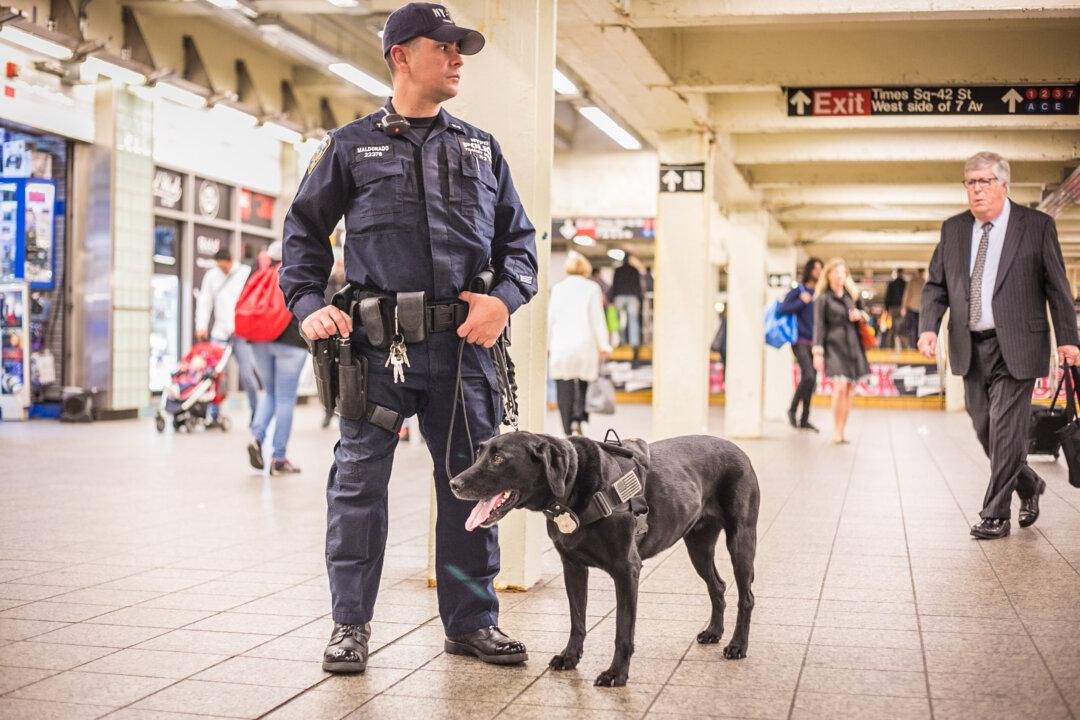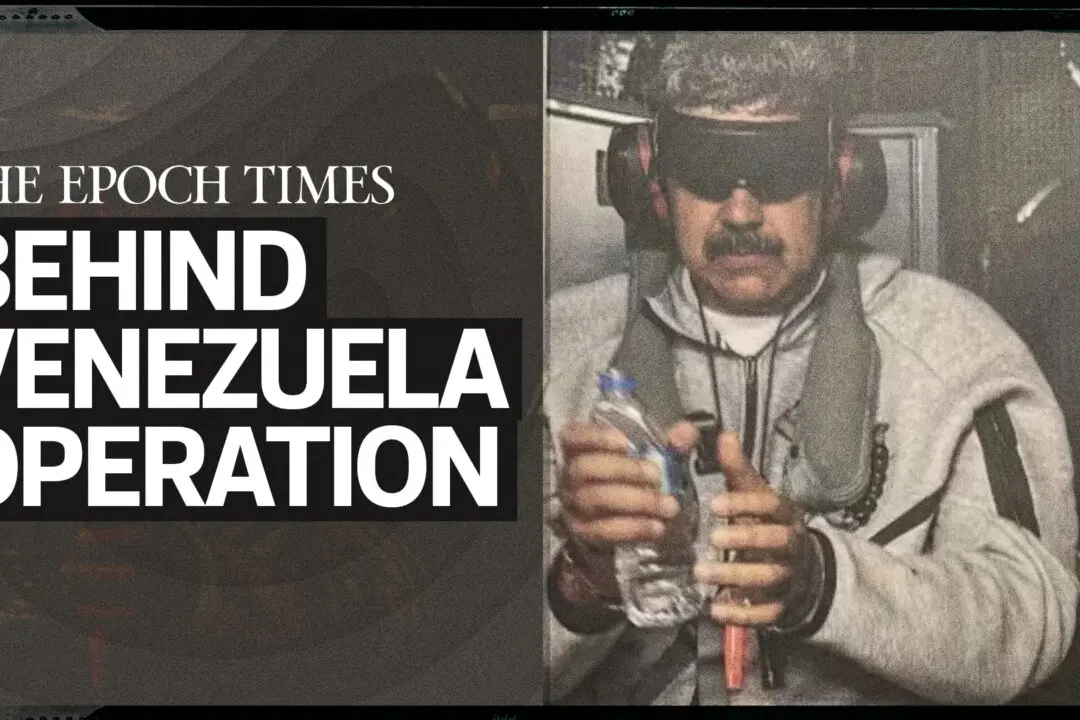NEW YORK—On your average weekday, the New York City subway sees more than 5.6 million people pass through it, and in all of 2015, it saw more than 1.7 billion riders. These trains sometimes have people packed elbow-to-elbow, yet your average New Yorker is probably more concerned about stalls from signal problems than about terrorist threats.
So why is it that commuters don’t have to walk through metal detectors or take off their shoes each time they hop on a train? And how is it that people can go about their rides with a general sense of ease, in a city that just over a decade ago witnessed the worst terrorist attack the world has ever known?
Some of that thanks is owed to two police officers who transformed a scrappy unit, with a beat-up paddy wagon and a handful of dogs, into one of the most advanced K-9 units anywhere in the world.






